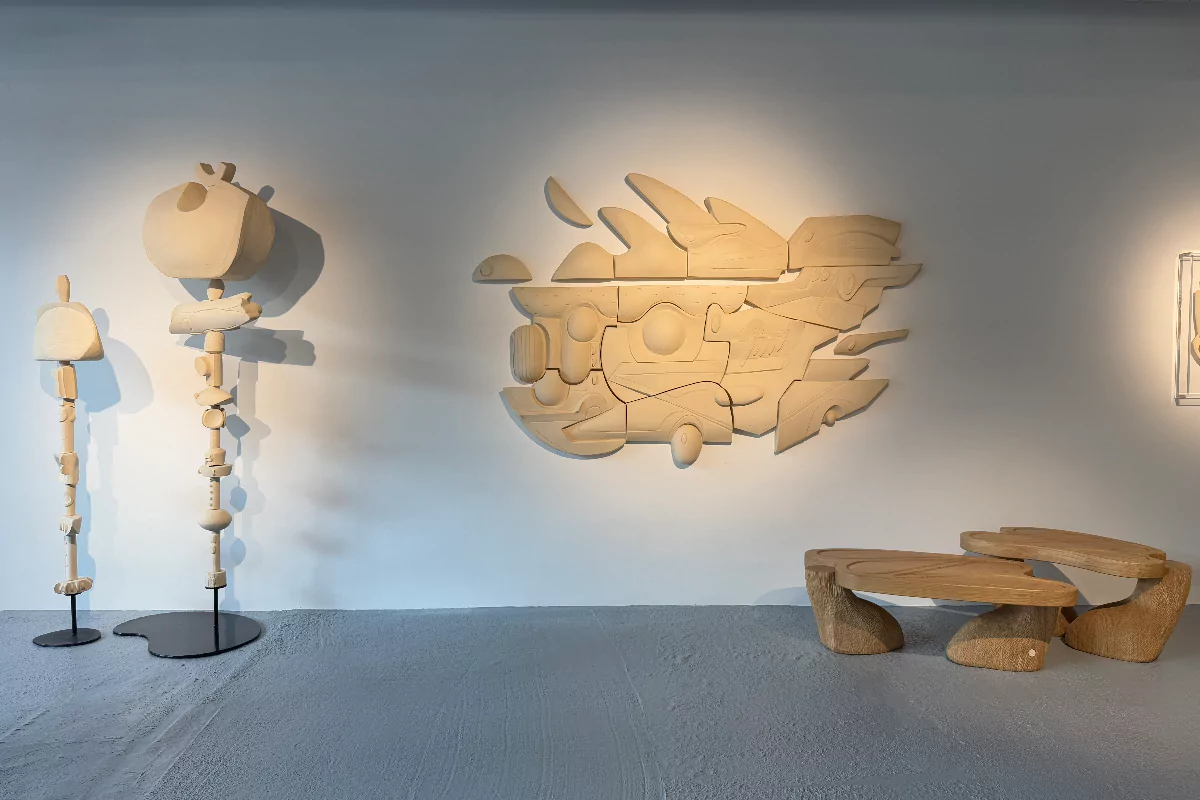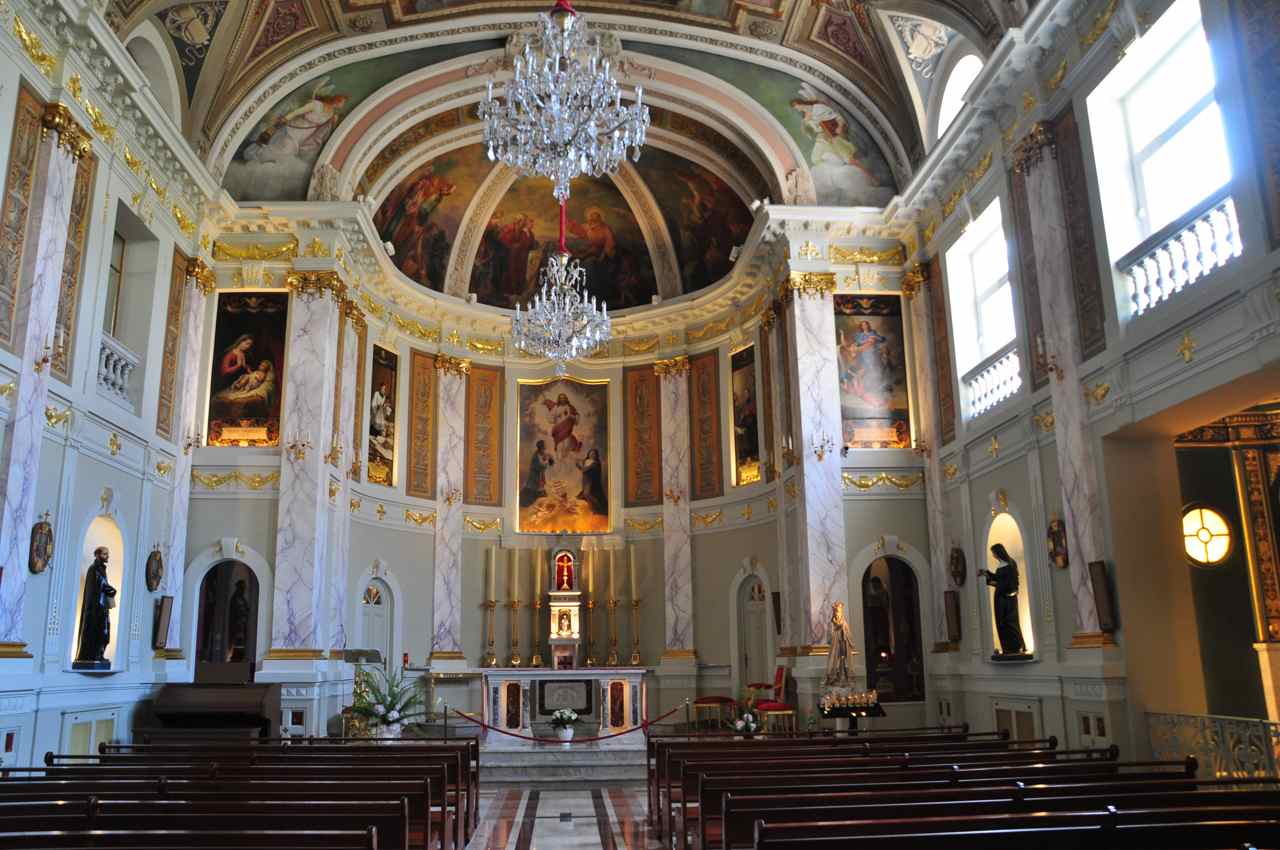The Principality of Monaco: A canvas of contrasts, known globally for its modern glitz and glamour, is also a vibrant stage where ancient traditions and cutting-edge innovation collide. From an artist’s monumental ceramic installations to the resonant hymns of a historic church, the city-state continuously redefines its cultural identity. This dynamic interplay between the past and the future is evident in two recent highlights that showcase Monaco’s commitment to artistic and spiritual legacy.
Olivia Cognet’s earthen dialogue with Renzo Piano
In the heart of Monaco’s newest urban district, Mareterra, a remarkable artistic intervention has taken place. Following a four-month creative residency, artist Olivia Cognet has unveiled a series of monumental ceramic works that serve as an earthen counterpoint to the sleek, high-tech architecture of the area, designed by the celebrated architect Renzo Piano. Cognet’s exhibition presents what she describes as “a dense, silent ensemble” of bas-reliefs, sculptural lights, and towering totems. These organic forms, crafted from raw clay, stand in captivating contrast to the floating, man-made landscape around them.

The artist masterfully explores what she calls the “fertile tension between grounding and ascension,” allowing her earthy creations to enter into a direct and profound dialogue with the surrounding space, gravity, and light. Her work at 8 Quai du Petit Portier is not merely an exhibit; it is a conversation—a testament to the enduring power of ancient ceramic traditions in an era of contemporary architectural innovation.
A symphony of sacred music and heritage
This fusion of old and new isn’t limited to the visual arts. On August 15, 2025, the historic Église du Sacré-Cœur was the stage for the “Gloire à Marie” concert, a celebration of the Assumption of Mary. This event brought together sacred music and architectural heritage in a rare, immersive experience. The program, featuring works by masters such as Mozart and Saint-Saëns, was brought to life by the powerful voices of tenor Franck Asparte and the skilled hands of organist Jean-Christophe Aurnague.

The venue itself is a masterpiece. Built between 1926 and 1929 by Italian Jesuits, the church is a treasure trove of art and history. It houses stunning frescoes by Filippo Franzoni, which were recently restored with the expert assistance of teams from the Louvre and Versailles. Enhancing the concert’s sublime acoustics is a magnificent Brondino Vegezzi-Bossi organ from 2016, which filled the space with rich, resonant sound. The church’s journey from its Jesuit origins in 1965 to its current status as a parish, with renovations funded by the Monaco: A canvas of contrasts, reflects a larger cultural shift. It showcases Monaco’s dedication to preserving its artistic and spiritual legacies, ensuring these timeless treasures are not lost to the pressures of modern tourism.















